The Best Books About the Apollo Program and Landing on the Moon
From astronaut autobiographies to definitive accounts from leading historians, these are the must reads about the landmark mission
/https://tf-cmsv2-smithsonianmag-media.s3.amazonaws.com/filer/59/a2/59a21cd0-0f33-40b4-bad2-62785a47b66d/as11-40-5949b_0.jpg)
The United States space program before and during Apollo, including the first time humankind landed on the moon on July 20, 1969, during Apollo 11, is one of the most written about subjects in history. Much ink has been spilt over the most thrilling moments of the lunar flights, the quality and character of the astronauts, the political forces that sent humanity to the moon, the technical details of spaceflight, and virtually every word and deed of anyone close to the Apollo program and the moon landings. But perhaps the most important and enjoyable Apollo stories are contained in books. Here are some of the best.
Carrying the Fire: An Astronaut's Journeys
Carrying the Fire: An Astronaut’s Journeys chronicles the height of NASA’s push to land on the moon before the end of the 1960s. Michael Collins, command module pilot for Apollo 11, is not as famous as his crewmates Neil Armstrong and Buzz Aldrin, who walked on the moon while he orbited above, but Collins writes with an eloquence and a humor that captures both the profundity and sheer awesomeness of flying to the moon. “After 50 years, this remains the best-written astronaut autobiography of all time,” says Michael Neufeld, a senior curator in the space history department of the Smithsonian’s National Air and Space Museum, where Collins was once the director. “It is an elegant meditation on Collins’ Air Force career and his time as an astronaut, including Apollo 11.”
Apollo: The Race to the Moon
The story of venturing to the moon does not begin with Apollo, Neil Armstrong or even President John F. Kennedy. Before any human could venture nearly a quarter million miles to another world, the spaceflights of the Mercury program took the first Americans to space, and the Gemini program tested many of the technologies necessary for a lunar voyage, such as docking two spacecraft together and crawling out of a spacecraft in nothing but a pressure suit. Apollo: The Race to the Moon by Charles Murray and Catherine Bly Cox tells this story primarily through the lens of the NASA managers, scientists and engineers who made the moon landing possible. “Murray and Cox provide a ground-level, engineering view of the Mercury, Gemini and Apollo programs,” Neufeld says. “[Their book] paints a vivid picture of how the leading NASA engineers and managers built the program up from the earliest days of Mercury to the Apollo 17 landing.”
A Man on the Moon: The Voyages of the Apollo Astronauts
While Apollo: The Race to the Moon tells the story of Apollo through the eyes of NASA leaders, A Man on the Moon: The Voyages of the Apollo Astronauts by Andrew Chaikin primarily focuses on the experiences of the astronauts. Based on interviews with 23 of the 24 people who flew to the moon, as well as other prominent NASA employees and archival material, A Man on the Moon is one of the most complete and well-researched accounts of the Apollo program. From the exhilaration of a Saturn V rocket launch to the drama of Apollo 13, which was forced to make an emergency flight back to Earth after an oxygen tank exploded more than two days into the mission, Chaikin conveys the thrill and tension of the breakneck race to the lunar surface. “I’ve been there. Chaikin took me back,” said Gene Cernan, commander of Apollo 17 and the last person to have stood on the moon.
First Man: The Life of Neil A. Armstrong
It’s rare—virtually unheard of—to find someone who would claim that Neil Armstrong was not an ideal candidate to be the first man on the moon. An engineer first and foremost, Armstrong was famous for technical knowhow and calm problem-solving prowess, but he was also a private and soft-spoken man. “I am, and ever will be, a white socks, pocket protector, nerdy engineer,” Armstrong said in 2000 to a group of students assembled at MIT’s Stata Center for an engineering course focused on flight.
In First Man: The Life of Neil A. Armstrong, James R. Hansen reveals the personal side of the most famous astronaut in the world. Based on over 50 hours of interviews with Armstrong himself, as well as discussions with his family and private documents, Hansen tells the incredible story of Armstrong’s life and work. From combat missions over North Korea as a Navy pilot, to experimental flights in the X-15 rocket plane (still the fastest manned aircraft to ever fly), to the first docking of two spacecraft in orbit (and the emergency that sent his spacecraft into a dangerous spin), Armstrong’s life—and the personal sacrifices he made—would make for a thrilling tale even if he hadn’t been the first person to walk on the moon.
“For biographies of astronauts written by others, First Man is the gold standard,” Neufeld says. “Hansen combines rigorous scholarly research with a fluid and interesting writing style.”
Failure Is Not an Option: Mission Control From Mercury to Apollo 13 and Beyond
While the astronauts flew in space, Mission Control closely monitored from the ground. Coordinating with radio stations in California, Spain and Australia to provide 24-hour communications and telemetry data during the Apollo missions, “Houston”—as the astronauts called Mission Control—is almost as famous as any of the people who flew to the moon, and Gene Kranz was one of the most influential people in that room.
In his memoir, Failure Is Not an Option: Mission Control From Mercury to Apollo 13 and Beyond, Kranz describes his role during many of the most famous spaceflights in history. Chris Kraft, NASA’s first lead flight director, assigned Kranz a job as a Mission Control procedures officer, and Kranz assisted with the first launches of Alan Shepard (the first American in space) and John Glenn (the first American to orbit the Earth). During the Gemini program, as the space race was kicking in to full swing, Kraft came to rely on Kranz as a flight director, and during Gemini 4, "He just said, 'You're in charge,' and walked out."
Kranz later took over as lead flight director, a role he maintained through Apollo 11 as Armstrong and Aldrin touched down on the moon. He was also the lead flight director for Apollo 13, guiding the crippled spacecraft back to Earth safely after an oxygen tank exploded during the flight to the moon, forcing the crew to swing around the moon and return to Earth without a lunar landing. During these moments and more, as the astronauts made history and escaped disaster, Kranz was in charge of Mission Control on the ground.
Von Braun: Dreamer of Space, Engineer of War
Wernher von Braun was undoubtedly one of the most influential figures in the history of aerospace engineering and rocketry. He not only led the team of thousands of engineers that built the Saturn V moon rocket for Apollo—the largest and most powerful rocket in the world, before or since—but he was also a chief designer of the V-2, the world’s first long-range ballistic missile and the design inspiration for virtually every liquid-fueled rocket since.
But von Braun is also infamous for his time with the Nazi Party. The gifted engineer spent his early career building V-2s for the German military, which the Nazis used to bombard England and Belgium. Forced concentration camp labor was also used to construct V-2s in brutally horrific conditions, something that von Braun was aware of.
After his capture by Allied forces, von Braun was moved to the United States along with more than 1,500 other German engineers and scientists as part of Operation Paperclip. He was sent to the U.S. Army’s Redstone Arsenal in Alabama to build missiles, and he ultimately became not only the director of NASA’s Marshall Space Flight Center, but also a major advocate for a crewed mission to the moon and a well-known public figure.
For much of his life in the U.S., von Braun’s history with the Nazis was downplayed or ignored. His life’s story is a difficult one to tell, not only because of the moral considerations at play, but also because any biographer would need to refer to both U.S. and German sources to chronicle von Braun’s life before, during and after World War II. Michael Neufeld’s Von Braun: Dreamer of Space, Engineer of War is the most complete and authoritative von Braun biography to date, avoiding both glorification and vilification as it examines one of the most prominent figures in the history of spaceflight.
We Could Not Fail: The First African Americans in the Space Program
In the 1960s, as the Civil Rights Movement chipped away at the oppression and injustice of segregation and Jim Crow, NASA, like many institutions, struggled with diversity as well. Many African-American leaders considered the space program to be a misguided use of national resources as black communities around the country struggled for economic equality.
However, just as the federal government became a tool to enforce Civil Rights legislation, NASA, a federal agency itself, also saw some signs of progress. We Could Not Fail: The First African Americans in the Space Program by Richard Paul and Steven Moss chronicles the lives and work of ten of the first black scientists and engineers to work for NASA.
One of the most prominent figures, scientist and mathematician Clyde Foster, worked under von Braun at Redstone Arsenal and then at Marshall Space Flight Center, calculating trajectories for rocket flights. Foster went on to convince von Braun to support establishing a computer science program at Alabama A&M University, a historically black college, and then became the director of the Equal Employment Opportunity office at Marshall where he helped hundreds of African-Americans gain jobs at NASA.
Apollo's Legacy: Perspectives on the Moon Landings
Fifty years after the moon landing, historians and space enthusiasts can start to gain a new perspective on the legacy of the Apollo program—like the astronauts looking back at Earth from the moon and seeing it for the first time as a small, beautiful and delicate world. In
In Apollo’s Legacy: Perspectives on the Moon Landings, Roger Launius, a former chief historian at NASA and senior official at the Smithsonian’s National Air and Space Museum, examines the wide range of reactions to the Apollo program throughout the years. Depending on who you ask, the Apollo program was an example of American exceptionalism and prowess, or a waste of national resources that could have been used to help solve earthly problems. Some say the scientific and technological advances of Apollo were well worth the effort, while others deny the moon landing ever took place at all. Apollo’s Legacy combines perspectives about the moon landings with important moments in the space program’s history to tell a fresh story about one of the most covered events in history.
Earthrise: How Man First Saw the Earth
“We came all this way to explore the moon, and the most important thing is that we discovered the Earth.” So said Apollo 8 astronaut William Anders after flying some 240,000 miles to orbit the moon for the first time in history. Anders also took the now-iconic Earthrise image as he and his crewmates circled the moon and watched the Earth appear to rise over the horizon.
Earthrise: How Man First Saw the Earth by Robert Poole, a former editor at Smithsonian, explores the significance of this photo and other images of Earth taken from space. Filled with beautiful pictures and stories from missions to the moon, the book delves into the impact of the Apollo program on everything from environmentalism to religion to science. “Poole’s story is one of ancient and academic ideas of the moon and the Earth, and how astronaut photographs like Earthrise from Apollo 8 became a primary means by which people would fulfill dreams of lunar travel and come to realize the scientific reality of the Earth-moon system,” says Jennifer Levasseur, a curator in the Smithsonian’s National Air and Space Museum’s space history department.
John F. Kennedy and the Race to the Moon
During a meeting with NASA administrator James Webb and other officials in 1962, President Kennedy told them in no uncertain terms that the priority for NASA was beating the Russians to the moon. “Otherwise, we shouldn’t be spending this kind of money, because I’m not that interested in space.” It may be difficult to reconcile this statement with the same person who, just a couple months earlier, had proclaimed at Rice University: “The moon and the planets are there, and new hopes for knowledge and peace are there. And, therefore, as we set sail, we ask God's blessing on the most hazardous and dangerous and greatest adventure on which man has ever embarked.”
But the truth is that Kennedy’s relationship with the U.S. space program was complicated, as John F. Kennedy and the Race to the Moon by John M. Logsdon reveals. His decision to throw his support behind NASA was, in many ways, a political move rather than authentic enthusiasm for space exploration or science. “Logsdon is the leading scholar of presidential decision-making about NASA and the civil space program,” Neufeld says. “This book is his definitive statement as to how and why Kennedy made his Apollo decision.”
Apollo in the Age of Aquarius
Regardless of whether one considers the Apollo program a worthy endeavor, its impact on several spheres of politics and culture is undeniable, from environmentalism to civil rights to antiwar movements. As Apollo in the Age of Aquarius by Neil M. Maher reveals, leaving Earth orbit for the first time—and still the only time—had a profound effect on how millions of people viewed the planet. As far as we know, we are alone in the universe—at least incredibly isolated from any other life—and for many, this reality came into stark view thanks to Apollo. “Maher's story is of the environmental movement's relationship to the exploration of space,” Levasseur says. “He shows how astronaut photographs and NASA's human spaceflight program came to serve as motivations for greater involvement in protecting Earth's environment, the iconic images captured by astronauts serving as symbols for the political and social movements of the last few decades.”
Digital Apollo: Human and Machine in Spaceflight
The Apollo program came during a formative time in technological advancement, as rockets that could launch payloads into orbit had only been developed a little over a decade earlier, and computers were generally still the size of entire rooms (and much less powerful than a modern smartphone). Nevertheless, the Apollo Guidance Computer was crucial to navigating to the moon and landing (even though in each of the six landings, the astronauts took manual control for the final descent and touchdown).
Digital Apollo by David A. Mindell examines the relationship between humans and computers during Apollo, and how that relationship shaped future technology. For example, the race to the moon influenced the development of fly-by-wire aircraft—or aircraft that use an electronic interface and flight control computers. “Digital Apollo reveals, for the first time, the details of how digital computers worked in tandem with the crews of the Apollo missions to land safely on the moon and return to Earth,” says It describes not only the role of the computers in navigating the spacecraft, but also the pioneering use of the computers as real-time digital controllers—a first in aerospace.”A Note to our Readers
Smithsonian magazine participates in affiliate link advertising programs. If you purchase an item through these links, we receive a commission.
/https://tf-cmsv2-smithsonianmag-media.s3.amazonaws.com/accounts/headshot/bennett.jpg)
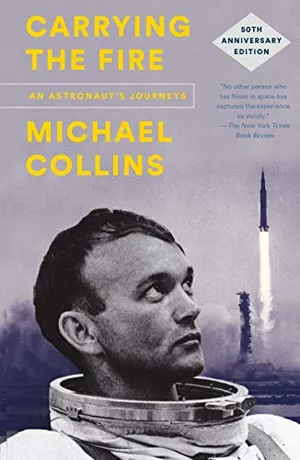
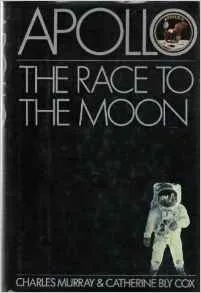
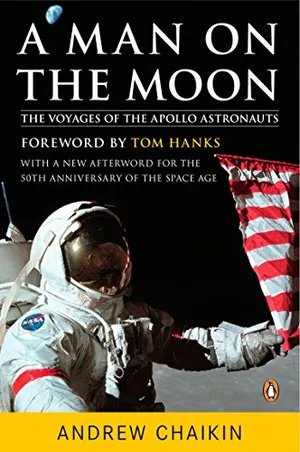
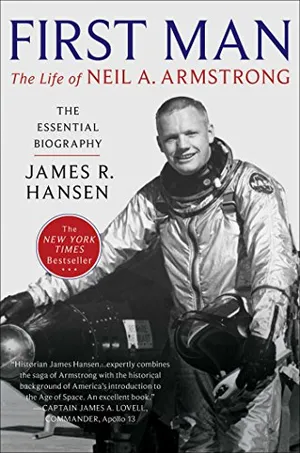
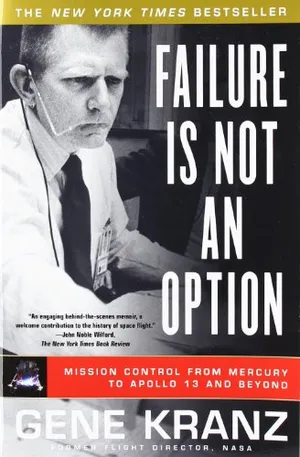
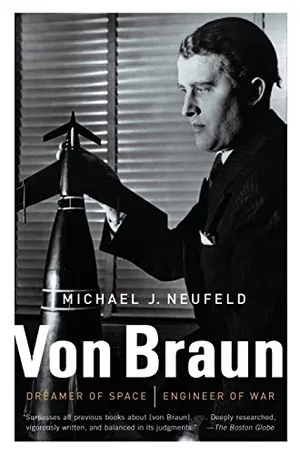
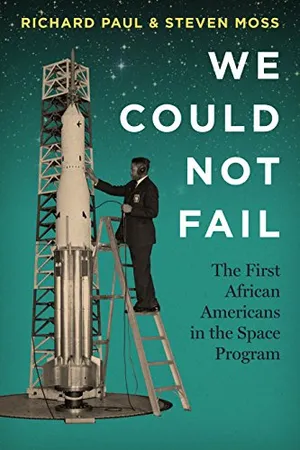
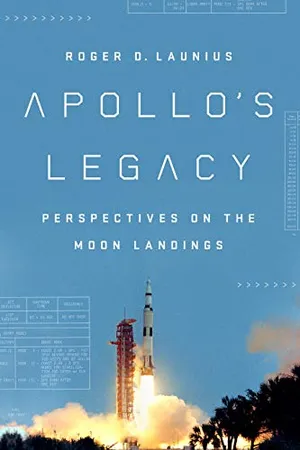
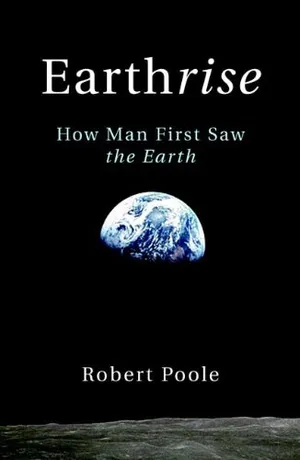
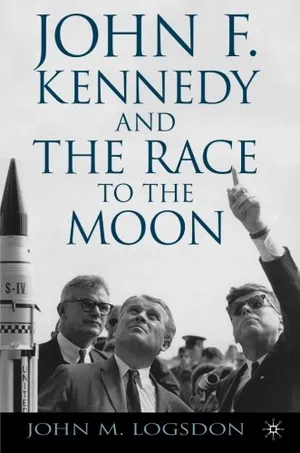
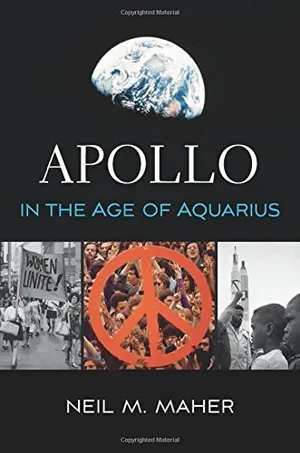
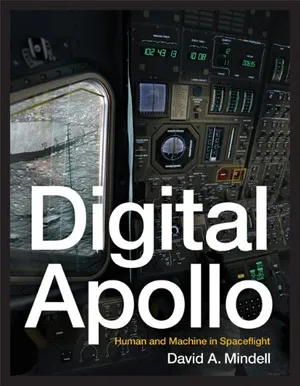
/https://tf-cmsv2-smithsonianmag-media.s3.amazonaws.com/accounts/headshot/bennett.jpg)